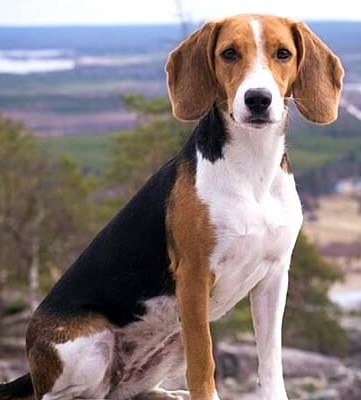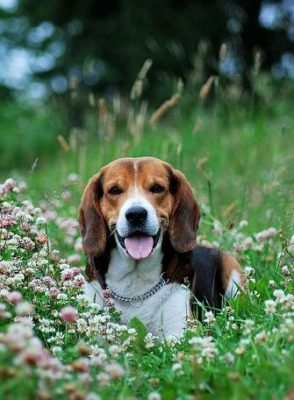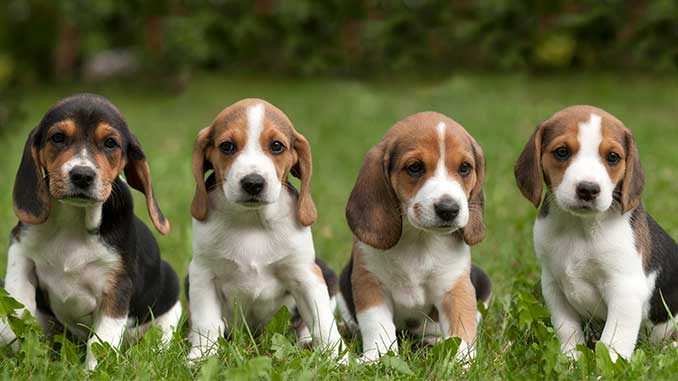Estonian Hound
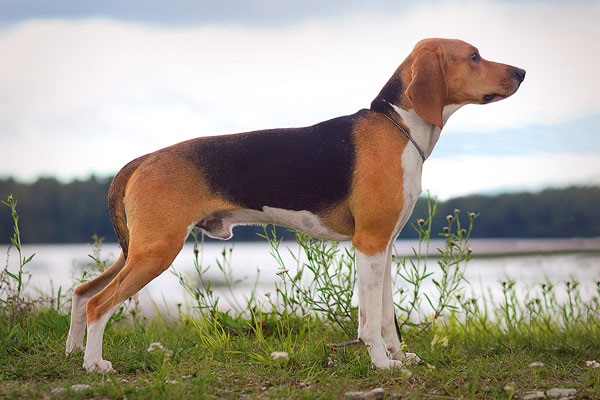
The Estonian Hound is ruthless, vicious, and assertive when hunting; in the family circle, well, just a gentle angel, extremely friendly. The obedience and good-natured nature of the Estonian dog allow it to serve as a companion for both a single person and a family with children. It will get along well with young children if they are not harmed and treated as equal partners during games together.
Table of Contents
Breed Information
| Another Name | Eesti Hagijas, Estnische Bracke, Chien Courant d’Estonie |
| Origin | Estonia |
| Height | Males 45-52 cm Females 42-49 cm |
| Weight | 10-25 kg |
| Fur | Short |
| Color | White with brown and black spots |
| Lifespan | 10-12 years |
| FCI Classification | Scent hounds and related breeds |
| Group | Hunting dogs, dogs for kids, dogs for apartments |
| Price | From $300 |
Breed Photos
Origin History
Breeding hounds in Estonia have been attempted since the middle of the eighteenth century, with hounds from Russia, Poland, and England being used for this purpose. The locally bred hunting dogs came to be called Russian-English hounds. After World War II, the population of large animals in Estonia was on the verge of extinction, and the Communist Party decided to introduce new rules for hunters. It was forbidden to breed large hounds, and the height of the hounds was limited to 45 cm at the withers. Breeders and other dog breeders began to create a new breed of low-sized hunting dog, which was later called the Estonian Hound. It took two decades for Estonian cynologists led by Sergey Smelkov to create the Scandinavian hound dog breed.
The shortest dogs were chosen for the selection, based on the Beagle, the English rabbit hound, and the Swiss dog. The result surprised everyone in the USSR; the dogs were both beautiful, easy to keep, and showed excellent hunting results. Over the past half-century, breeders have managed to improve the mental and physical performance of this breed. The Estonian Hound gained the status of a national treasure of Estonia after the collapse of the Soviet Union. Their popularity in their homeland of Estonia, Finland, and Russia is steadily increasing.
Despite its success and popularity, the Fédération Cynologique Internationale is in no hurry to recognize the breed officially. But this does not prevent the Estonian Hound from participating in international shows and competitions and winning prizes. It is standard approved in 1959 is still valid now; some minor changes were made in 2007.
Appearance
The Estonian Hound resembles its beagle ancestor but has a leaner, drier, and more muscular body structure. It is a low-sized dog; the height at the withers does not reach more than 50 cm. Its legs are of medium length; its muzzle is elongated, its ears are thin and flat, hanging and pressed tightly to its head. Its skin is elastic and thick, covered with short, tough wool. The color of the breed is tricolor: black-red-white with black and red spots on a bright white background.
Character
The Estonian Hound is ruthless, vicious, and assertive when hunting; in the family circle, well, just a gentle angel, extremely friendly. The obedience and good-natured nature of the Estonian dog allow it to serve as a companion for both a single person and a family with children. It will get along well with young children if they are not harmed and treated as equal partners during games together. For the Estonian Hound, the family acts as a pack, where the owner is the leader, to whom she obeys without question. Do not forget that the Estonian Hound was explicitly bred for hunting small game, be careful if there are cats in the house; they will be in trouble.
Care
The Estonian Hound is unpretentious in care. It can live in a city apartment; it won’t destroy furniture if you forget to take your pet for a walk a couple of times. You won’t find wisps of hair in the apartment; you’ll wipe its short hair with a damp napkin after a walk. The Estonian Hound adores water; every body of water, even a small puddle, will be given much attention. Allow the dog to play with water; it is a pleasure for him and an opportunity to refresh and cool down because they can hardly stand the heat.
Training
There are no problems with the owner’s Estonian Hound training; the dog is brilliant and intelligent. There are some stubbornness and willfulness, as in any other hound breed, but it can be corrected. Training of the Estonian Hound should be started from six months, basic commands and prohibitions should be explained.
Common Diseases
The Estonian Hound has excellent health. The weak point of the Estonian dog is their long, floppy ears. Due to poor air circulation, inflammation can occur, turning into otitis media, so owners should pay close attention to cleaning the ears. If you see your dog shaking his head frequently, it’s worth seeing his vet for ear problems. Blue-eyed pups often have poor eyesight and suffer from deafness. Retinal atrophy and cataracts may develop as the dog age.
The Estonian Hound is by no means a sickly breed; much more often, they have all sorts of injuries while hunting: sprains, dislocations, fractures, and wounds. And sometimes overexertion, when the dog in the excitement of chasing game does not calculate his strength. It’s also very important to treat the dog against ectoparasites – in the woods; there’s a great danger of catching ticks. With proper care, the dog will live 11-13 years.
Nutrition
The Estonian Hound enjoys eating prepared food. If the owner prefers to cook his food, he should make sure that there is enough meat in the pet’s diet. It is possible to feed the Hound with beef and chicken, as well as by-products. Meat is mixed with porridges, vegetables, and fruits. It is useful to give dairy products.
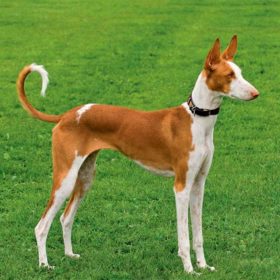 Podenco Canario
Podenco Canario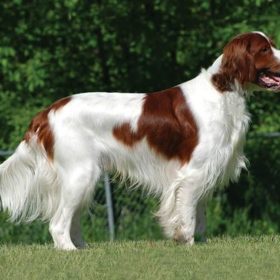 Irish Red and White Setter
Irish Red and White Setter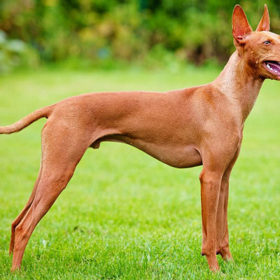 Pharaoh Hound
Pharaoh Hound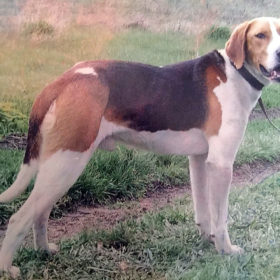 Russian Harlequin Hound
Russian Harlequin Hound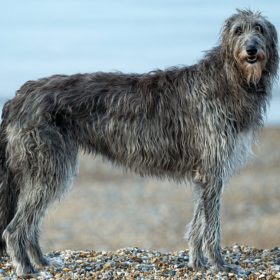 Scottish Deerhound
Scottish Deerhound Weimaraner
Weimaraner